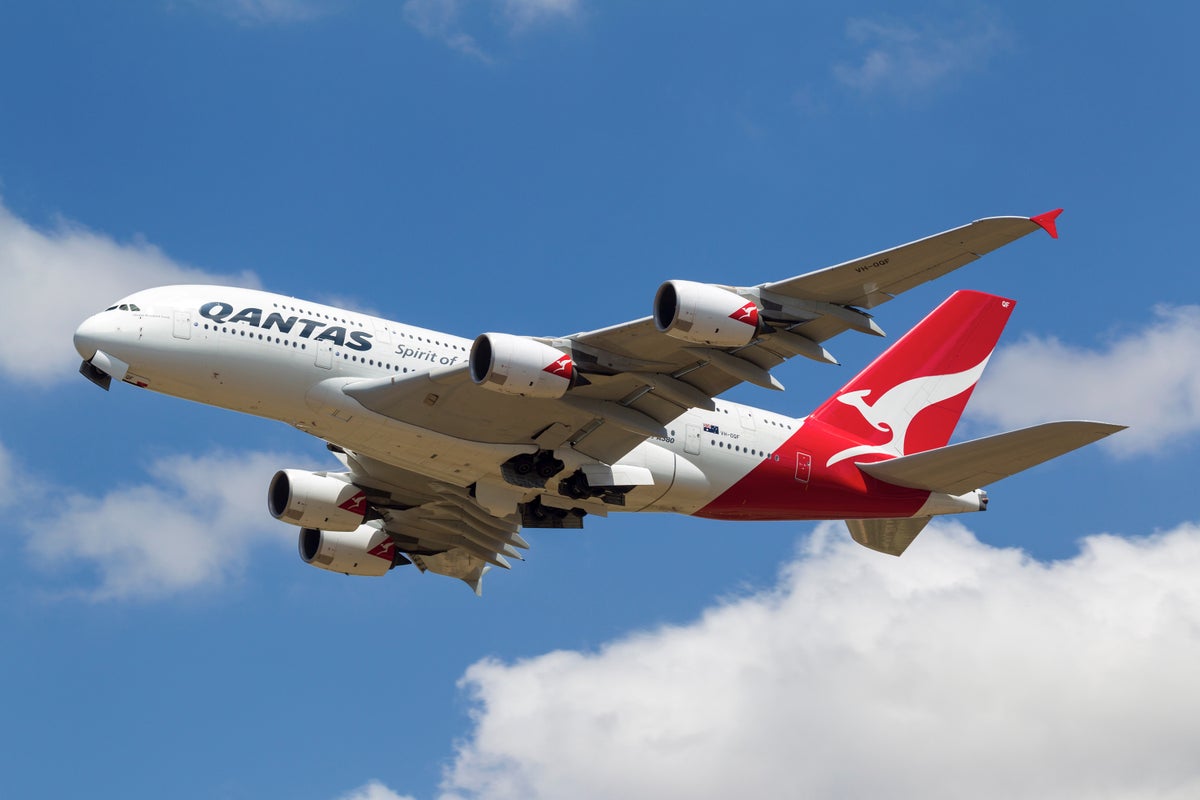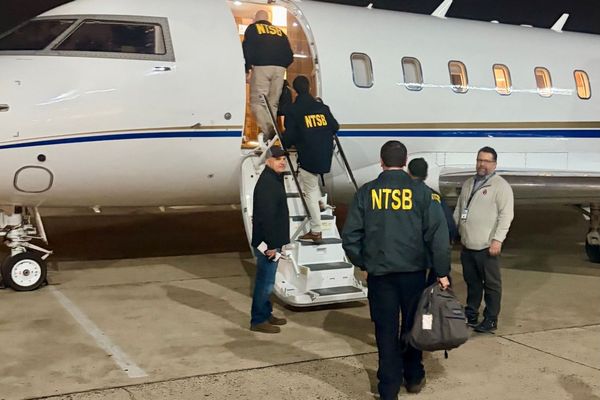
A cabin member broke their ankle and two more were injured when a Qantas flight from Sydney to Brisbane experienced severe turbulence during landing.
The captain of the Qantas 737 did not inform the cabin crew about the expected turbulence during descent meaning they were performing pre-landing duties when the plane encountered difficult conditions on 4 May 2024, the Australian Transport Safety Bureau investigation found.
Two cabin crew sustained minor injuries including facial trauma and concussion, while a third suffered a fractured ankle and was unable to move from the rear galley floor.
The plane’s customer service manager (CSM) recalled observing the cabin crew member rising off the floor and colliding with the aircraft's ceiling before falling back down and landing on their right ankle.
A travelling doctor, an off-duty cabin crew employee and two crew members remained with the injured flight attendant at the back of the aircraft, resulting in four people being out of their seats as the plane landed.
“Qantas 737 standard operating procedures rely on the customer service manager – the senior member of the cabin crew – informing the flight crew if the cabin is not secured for landing,” Dr Stuart Godley, director transport safety at Australian Transport Safety Bureau, explained.
While the customer service manager contacted the captain to inform them about the injured cabin crew member and that some passengers were standing, the captain did not recall receiving any requests for more time to prepare the cabin for landing, and twice directed all uninjured cabin crew and passengers to return to their seats, the report found.
“Landing is a critical phase of flight, and the unrestrained cabin crew and passengers were exposed to a higher risk of injury in a landing-based emergency, which in turn would have compromised the cabin crew’s ability to manage any such emergency situation.
“Data shows that almost 80 per cent of serious turbulence-related injuries in airline operations are sustained by cabin crew, and the most common time for these to occur is when preparing the cabin for landing,” Dr Godley added.
Dr Godley emphasised that collaboration is essential between pilots and cabin crew to ensure service tasks are completed on time while minimising the risk of injury during known or anticipated encounters with turbulence.
“Differing understandings of the state of the cabin increases the risk of delayed responses or misaligned decision‑making, which may lead to safety being compromised,” Dr Godley said.
After the aircraft arrived at the gate at Brisbane, the seriously injured cabin crew member was attended to by ambulance personnel.
However, the other two injured cabin crew members did not receive any immediate follow up medical assessments or treatment.
While one of the injured crew self-diagnosed their facial injury the next day, the other was unaware they had sustained a concussion and operated on multiple flights while experiencing concussion symptoms before being treated.
Qantas has subsequently updated its post-event incident notification protocol to include contact with the Qantas on-call doctor in the event of significant cabin crew injury or illness.
Additionally, the airline has implemented additional controls to adequately assess the fitness of crew members after a turbulence event or other unplanned aircraft movement.
What is flight turbulence and can it cause a plane to crash?
Heathrow power outage: How airport chaos unfolded as cause remains ‘unknown’
Heathrow boss slept till 6.45am on day of power shutdown due to phone being on silent
Voiceover artist claims her voice is being used on ScotRail without permission
Universal’s $6 billion theme park slammed for ‘lack of shade’ and ‘not enough rides’







